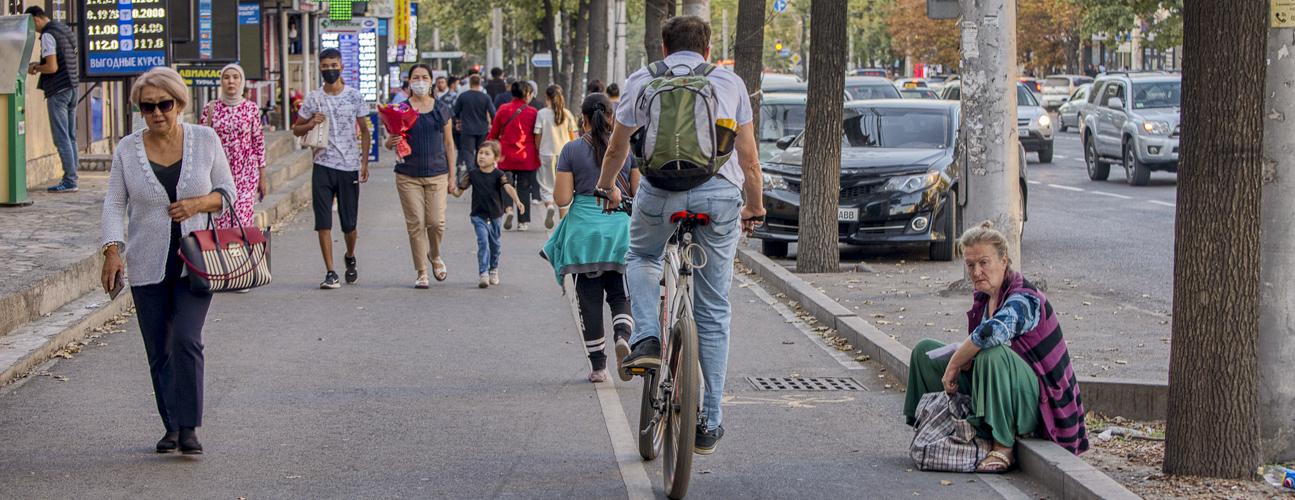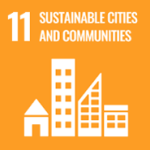
Areas of Impact
Country
The Central Asia Regional Economic Cooperation (CAREC) Program is a partnership of 11 countries that are all ESCAP members working together. Safely Connected: A Regional Road Safety Strategy for CAREC Countries, 2017– 2030 reports that road crashes are a serious concern with death rates ranging from 10.1 to 24.2 per 100,000 population. Road crashes are estimated to cost more than $30 billion per year in the CAREC countries.
Road design standards underpin the development of safe road infrastructure and management of speeds, and support land use planning, travel demand management, mode choice, and the provision of safe and sustainable journeys for all.
Safely Connected points out that there is a significant opportunity for enhancement of road design standards and practices and recommends that standards be reviewed on an urgent basis to ensure that they are consistent with safety practices commonly used in other regions.
Consistent with Safely Connected and with the framework set out in the UN Road Safety Collaboration 10-Step Plan for Safer Road Infrastructure, this project will support countries as they enhance existing design standards to ensure that they explicitly avoid or mitigate potential road safety risks and require minimum safety performance for all expected modes, abilities, and journeys. The enhanced standards would align with the Global Plan for the Decade of Action for Road Safety 2021-30, Global Road Safety Performance Target 3 (for new roads) and Target 4 (for existing roads), and international good practices such as the UNESCAP Asian Highway Design Standards for Road Safety and GRSF Guide to Integrating Safety in Road Design.
This project will take a collaborative approach, focusing on countries that make use of the GOST-SNiP design standards, thereby providing an opportunity to efficiently solve common challenges and promote consistency in the provision of safe road corridors across borders. Recognizing that there is a broad range of people affected by roads, the project would proactively consult widely, paying special attention to groups that may not always be heard, such as women, children, and young people, the elderly, people with disabilities and other poor or marginalized groups. Training will be facilitated to build capacity in road safety engineering and stakeholder engagement in implementing the updated design standards.
1
IMPROVE AND DEVELOP DESIGN STANDARDS THAT ALIGN WITH THE GLOBAL PLAN, GLOBAL ROAD SAFETY PERFORMANCE TARGETS, AND INTERNATIONAL GOOD PRACTICES THAT REFLECT THE INPUTS OF A BROAD RANGE OF STAKEHOLDERS.
2
INCREASE CAPACITY IN ROAD SAFETY ENGINEERING/AUDIT, STAKEHOLDER ENGAGEMENT, AND IN IMPLEMENTATION OF THE UPDATED STANDARDS.
3
ENDORSEMENT OF GOVERNMENTS OF IMPROVED DESIGN STANDARDS














